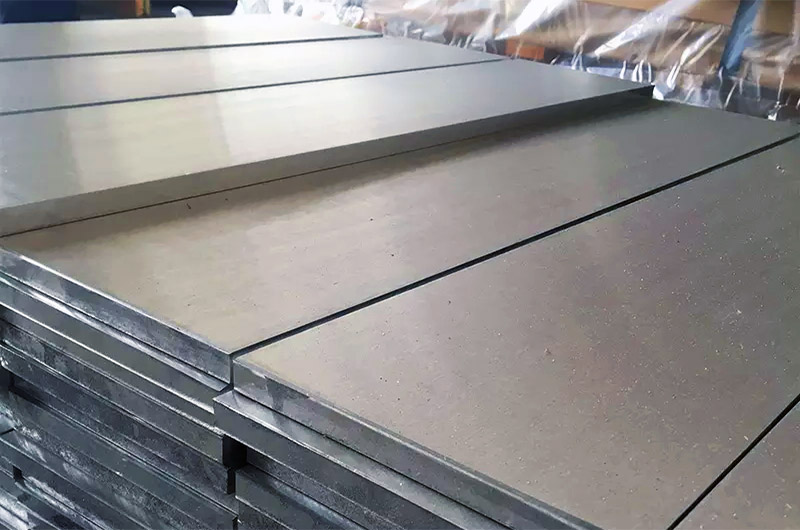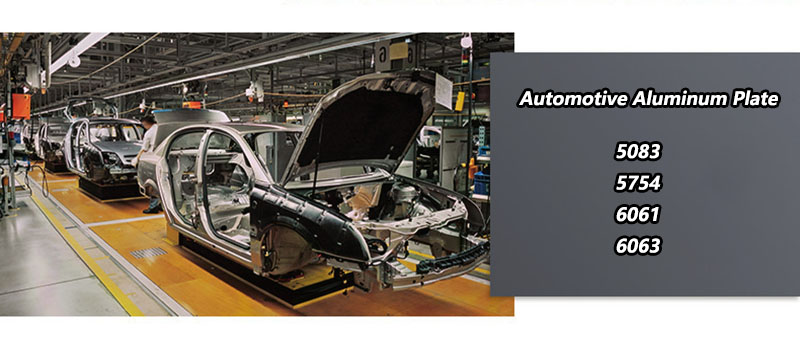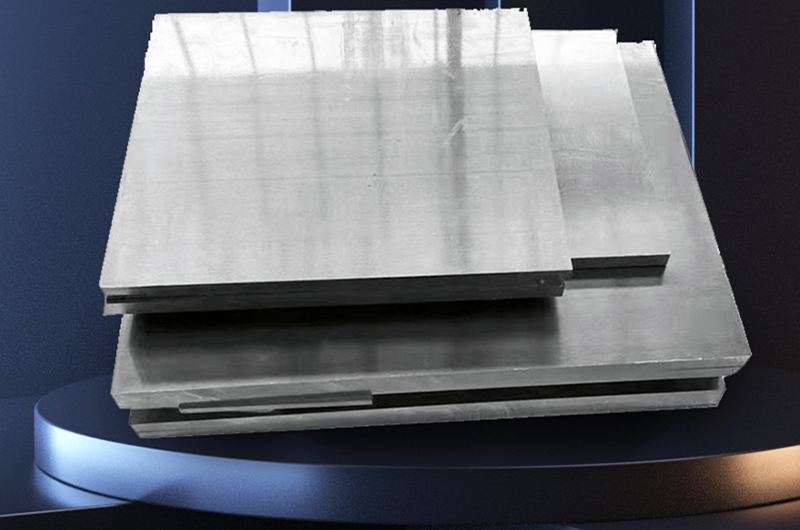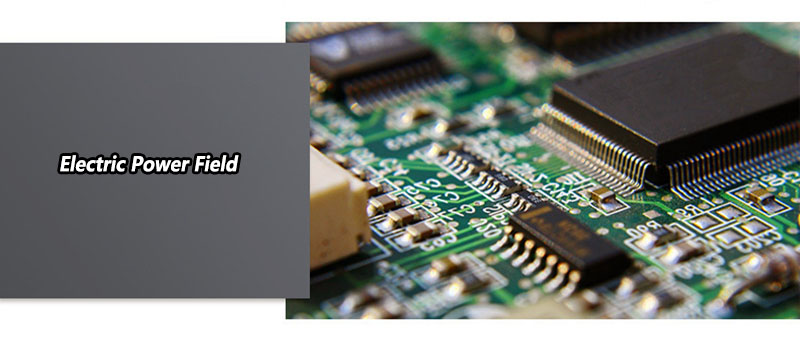In the new areas of use of aluminum plates, in emerging application areas, aluminum consumption must be gradually promoted through various efforts such as changes in concepts, maturity of technology, and policy guidance and support.

It is understood that the current key areas for expanding aluminum applications include: transportation, building structures, and electric power. In addition, it also includes other products and fields such as aluminum alloy pallets, aluminum alloy flood control facilities, aluminum alloy bridges, and aluminum foil packaging.
1. Transportation Field
Scope: Application of automotive aluminum plates, marine aluminum plates, tank car aluminum plates, all-aluminum trailers, aluminum alloy convertible coal trucks, and high-precision aluminum alloy sheets for cars.
Aluminum profiles used in the transportation field can effectively reduce their own weight, increase their payload, and extend their service life. They are of great significance to energy conservation and emission reduction, as well as improving the economic benefits of the transportation industry and the efficiency of highway transportation.
Automotive Aluminum Plate: Various aluminum alloys are used in the automotive industry to reduce weight and improve fuel efficiency. Common alloys include:
- Aluminum Alloys 5xxx Series: These alloys are known for their excellent combination of strength, corrosion resistance and formability. For automotive body panels and parts, 5052 and 5754 are often used.
- Aluminum Alloys 6xxx Series: Alloys such as 6061 and 6063 are used in structural components and extrusions due to their good strength and formability.

Marine Aluminum Plate: In the marine industry, aluminum plates must have good corrosion resistance due to exposure to salt water. Common alloys include:
- Aluminum Alloys 5xxx Series: Alloys such as 5083 and 5086 are known for their corrosion resistance and are used in boat hulls and structures.
- Aluminum Alloys 6xxx Series: Some marine components, particularly superstructures, may use 6000 series alloys to increase strength.
Tank truck aluminum plate: The construction of tank trucks often requires aluminum alloys with good strength and corrosion resistance. Alloys such as 5083 and 5086 are used in this application.
All-Aluminum Trailers: Aluminum trailers are designed to be lightweight and corrosion-resistant. Alloys such as 6061 and 6063 are used in trailer frames and structures.
Aluminum Alloy Open Coal Cars: The specific alloy used in coal cars can vary, but they generally require high-strength aluminum plate, such as those in the 2xxx or 7xxx series.
High-precision aluminum alloy plates for automobiles: Precision parts in automobiles can use a variety of alloys, including:
- Aluminum alloy 6xxx series: 6061, 6063 and other alloys are used for components requiring high precision.
- Aluminum Alloys 5xxx Series: Alloys such as 5083 are used in components where corrosion resistance is important.
2. Building Structure Field
Scope: Expand the application of aluminum alloy building formwork and aluminum alloy enclosure panels
(1) Expand the application of aluminum alloy building formwork
At present, the application proportion of aluminum alloy formwork in my country is less than 1%. The continuous improvement of the standardization, industrialization and factoryization requirements of building construction by large construction companies, as well as the improvement of the public's requirements for housing quality, have given a huge boost to the application of aluminum alloy formwork.

In recent years, due to the rapid development of the real estate industry, the production scale of the construction formwork industry has maintained a growth rate of about 10 to 15%.
Here are some commonly used aluminum alloys for the mentioned construction panels along with specific alloy numbers:
- Aluminum Composite Panels (ACPs): Commonly, aluminum alloys from the 3xxx and 5xxx series are used for the outer aluminum sheets. Alloy 3003 and Alloy 5052 are often used in ACPs.
- Aluminum Sheet Panels: For general-purpose exterior and interior panels, alloys from the 3xxx and 5xxx series are suitable. Alloy 3003 and Alloy 5052 are commonly used.
- Aluminum Honeycomb Panels: Alloys from the 3xxx, 5xxx, and 6xxx series are often used, depending on the specific requirements. Alloys like 3003, 5052, and 6061 may be employed.
- Aluminum Curtain Wall Panels: Alloy 6061 is commonly used in curtain wall systems due to its excellent strength and formability.
- Aluminum Roofing Panels: Alloys from the 3xxx, 5xxx, and 6xxx series are used. Alloy 3003 and Alloy 5052 are popular choices for roofing panels.
- Aluminum Siding Panels: Alloy 3105 is commonly used in residential siding applications, while Alloy 5052 is suitable for more demanding applications.
- Aluminum Sunshades and Louvers: Alloys from the 3xxx and 6xxx series are suitable, depending on structural and design requirements.
- Aluminum Composite Roof Panels: Alloys like 3003 and 5052 are used for industrial and commercial roofing applications.
- Aluminum Insulated Panels: Alloys from the 3xxx, 5xxx, and 6xxx series are employed, with specific alloy selection based on insulation and load-bearing requirements.
(2) Expand the application of aluminum alloy enclosure panels
In civil construction, aluminum alloy panels have been widely used in large-scale infrastructure projects, especially projects with large spans and complex shapes, such as airport terminals, convention and exhibition centers, stadiums, and other public buildings. However, in industrial buildings, steel structure system metal plate enclosure systems account for about 70% of the total construction volume, and aluminum alloys are rarely used.
With the growth of engineering construction needs in overall, strategic and public welfare fields such as agricultural infrastructure construction, affordable housing projects, and rural dilapidated housing renovations, the demand for aluminum alloy enclosure panels will increase significantly.
3. Electric Power Field
Copper resources are scarce and large quantities need to be imported. Copper consumption in the power sector accounts for more than 40% of total consumption. Using aluminum resources, which have formed a strong industrial foundation in my country, to replace insufficiently guaranteed copper resources can, to a certain extent, reduce my country's dependence on foreign copper resources. Enhance resource support capabilities.
Promote the application of copper-aluminum composite conductors
The copper-clad aluminum composite conductor is composed of an aluminum core and a copper cladding layer. It uses the "skin effect" of current to replace the copper in the middle part of the conductor with aluminum.
By expanding the cross-sectional area of the conductor to compensate for the impact on conductivity, the same conductive performance can be achieved. Therefore, it is a type of high-performance composite conductor that combines the excellent electrical conductivity and corrosion resistance of copper with the low cost and light weight of aluminum.
In addition, a series of products including steel (stainless steel) aluminum composite, titanium-aluminum composite, and aluminum-aluminum composite plates, strips, foils, and strips have been developed, which are used in industries such as power, electronics, communications, heat dissipation, and construction.

4. Other Products and Fields
(1) Traditional consumption areas
With the change of consumption concept, the improvement of consumption level, the improvement of food and drug safety management, and the acceleration of industrialization process, aluminum lunch boxes, aluminum foil paper pumps, aluminum alloy trays, wine seal packaging, aluminum alloy aerosol cans, aluminum storage Fuel tanks and other markets have great prospects.
(2) Social benefit application fields
Aluminum alloy bridges, aluminum alloy flood control walls, etc., although used in small amounts, have significant social benefits.
The materials of overpasses are mainly made of steel and other non-aluminum alloys, and the proportion of aluminum alloy overpasses that have been built is less than 2‰. Aluminum alloy overpasses have received more and more widespread attention and recognition for their advantages such as light weight, high strength, beautiful appearance, corrosion resistance, recyclability, and green environmental protection.
Not only can overpasses be made of aluminum, but if highway bridges can gradually increase the proportion of aluminum use, the amount of aluminum used will be much greater than that of overpasses.
Aluminum alloy flood control walls have the characteristics of light weight and simple installation. Based on the calculation of 40 kilograms per meter of aluminum alloy flood control wall, the amount of aluminum used for a 1 kilometer long and 2 meter high flood control wall is about 400 tons.
(3) Emerging products and application areas that require increased investment in science and technology
Aluminum-air batteries, aluminum alloys for seawater desalination, etc.
Aluminum-air batteries: Aluminum-air batteries have high energy density, can achieve zero emissions, no pollution during use, and are easy to recycle. They can be used as power batteries, signal batteries, etc., and have broad application prospects.
Aluminum consumption has been widely used in some fields and has become a consumption habit. Such as: aluminum alloy doors and windows, high-speed rail trains, cans, pharmaceutical packaging, building exterior wall decorative panels, cigarette foil, automobiles (except automobile body sheet ABS), etc. Therefore, the applications of these products will change with the development of related industries.

